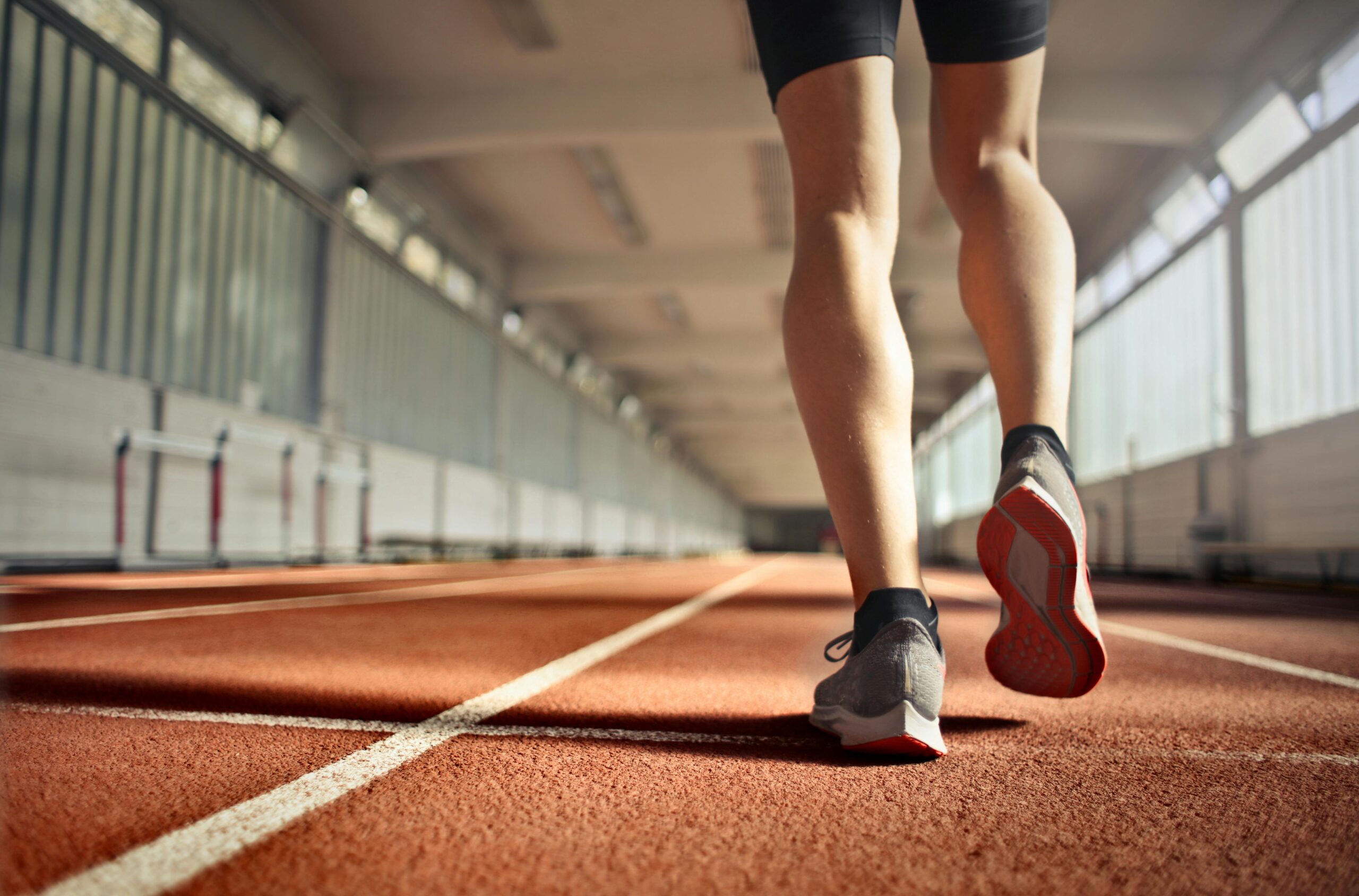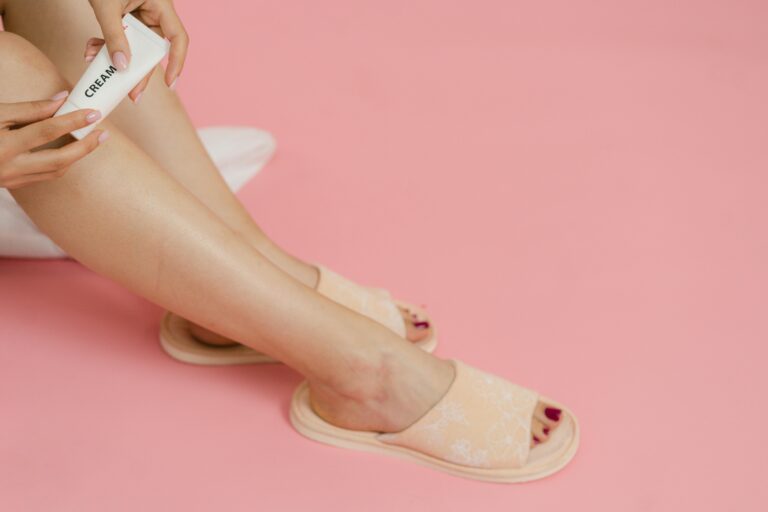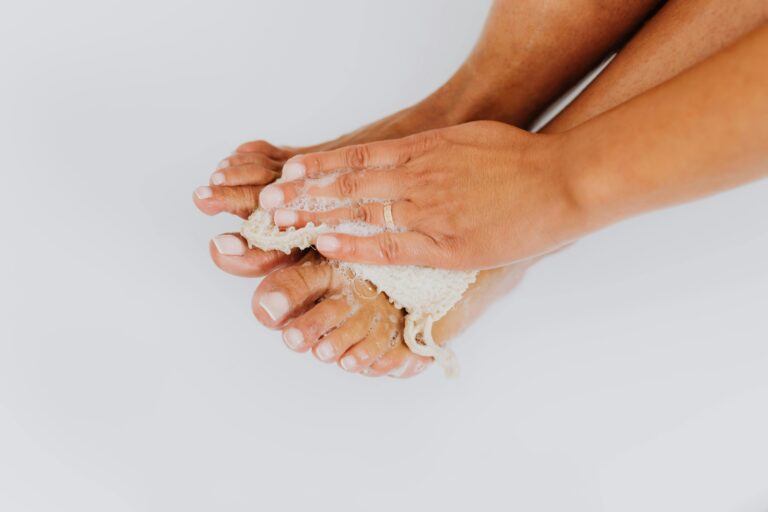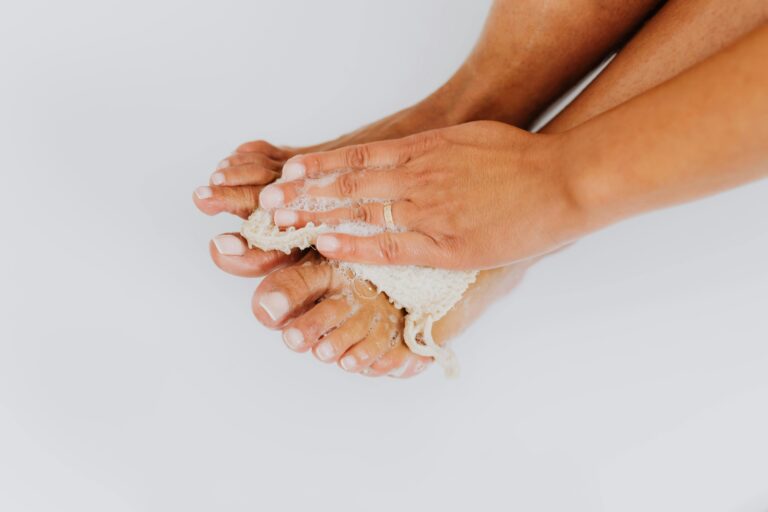Running is an excellent way to stay fit, but it can take a toll on your feet. From blisters to plantar fasciitis, runners are prone to several foot problems due to the repetitive impact and pressure. Proper foot care is essential to avoid injuries, improve performance, and ensure long-term running success. This guide provides practical tips to help runners prevent and treat common foot issues.
Common Foot Problems Runners Face
Before diving into the tips, it’s important to understand the most common foot issues runners experience. These include:
- Blisters: Caused by friction between the skin and shoes, leading to painful fluid-filled bubbles.
- Plantar Fasciitis: Inflammation of the thick band of tissue (plantar fascia) running along the bottom of the foot, causing heel pain.
- Black Toenails: Often caused by trauma from toes hitting the front of the shoe, leading to bruising under the toenail.
- Shin Splints: Pain in the lower legs due to overuse or poor running form.
- Foot Cramps: Sudden, painful contractions in the muscles of the feet, usually due to dehydration or overexertion.
Foot Care Tips for Runners
To keep your feet in top shape, follow these essential foot care practices to prevent and treat common issues.
1. Choose the Right Running Shoes
Wearing the right shoes is critical for preventing foot problems. Opt for running shoes that offer good arch support, cushioning, and a snug fit. Make sure there’s about a thumb’s width of space between your longest toe and the shoe’s tip to prevent black toenails. Replace your shoes every 300-500 miles to avoid excessive wear and loss of support.
2. Keep Your Feet Dry
Moisture is one of the main culprits behind blisters and fungal infections. Invest in moisture-wicking socks made from materials like merino wool or synthetic fibers that keep your feet dry. Avoid cotton socks, as they retain moisture and increase friction.
3. Trim Your Toenails Regularly
Keep your toenails short and straight to avoid them rubbing against your shoes. Long or improperly trimmed nails are more likely to cause painful ingrown toenails or black toenails. Use a clean, sharp nail clipper and ensure you don’t cut the nails too short, as this could lead to discomfort or infection.
4. Gradually Increase Your Mileage
Increasing your running distance too quickly can lead to overuse injuries like plantar fasciitis and shin splints. Follow the “10% rule,” which means only increasing your weekly mileage by 10% to allow your feet and muscles to adapt to the added stress. This gradual progression reduces your risk of injury.
5. Stretch and Strengthen Your Feet
Incorporate foot stretches and strengthening exercises into your routine. Exercises like toe curls, calf raises, and ankle circles can help improve foot strength, flexibility, and stability. Stretching the Achilles tendon and calves regularly can also reduce the strain on your feet and prevent issues like plantar fasciitis.
6. Address Blisters Immediately
Blisters are one of the most common foot problems for runners. If you feel a hotspot developing during a run, stop and apply a blister bandage or tape to reduce friction. If a blister forms, clean the area with antiseptic and cover it with a sterile bandage to prevent infection. Avoid popping blisters unless necessary, as this can lead to further irritation.
7. Ice and Rest Sore Feet
After long runs, ice your feet for 10-15 minutes to reduce inflammation and soothe soreness. You can also use a frozen water bottle to roll under your feet for a gentle massage. If you experience ongoing foot pain, take a rest day or switch to low-impact activities like swimming to allow your feet to recover.
8. Massage Your Feet Regularly
Foot massages can help improve circulation and relieve tight muscles. Use a tennis ball or foam roller to massage the soles of your feet, focusing on any tight spots. This practice is particularly helpful for runners dealing with plantar fasciitis, as it can help release tension in the plantar fascia.
9. Stay Hydrated
Dehydration can lead to foot cramps, especially during long runs. Ensure you’re drinking enough water before, during, and after your runs to keep your muscles functioning properly. Electrolyte-replenishing drinks can also help maintain your body’s hydration levels during intense exercise.
10. Listen to Your Body
Pay attention to any pain or discomfort in your feet. While some soreness is normal, sharp or persistent pain could indicate an injury that needs medical attention. Ignoring early signs of injury can lead to more serious problems down the road.
Conclusion
Taking care of your feet is essential for every runner. By following these foot care tips, you can prevent common injuries, treat any issues that arise, and continue running pain-free. Don’t underestimate the importance of regular foot maintenance, as it plays a crucial role in your overall running performance and longevity.
Frequently Asked Questions (FAQs)
1. How can I prevent blisters when running?
To prevent blisters, wear moisture-wicking socks, ensure your shoes fit properly, and apply blister tape or lubricant to areas prone to friction. Avoid cotton socks, as they retain moisture and increase friction.
2. What should I do if I get a black toenail from running?
If you develop a black toenail, keep the area clean and avoid further trauma by wearing well-fitting shoes. Most black toenails heal on their own, but if the pain is severe or the toenail is damaged, consult a doctor.
3. How do I treat plantar fasciitis as a runner?
To treat plantar fasciitis, rest your feet, ice the affected area, and perform stretches for your calves and Achilles tendon. Consider using orthotic insoles for added support and consult a doctor if the pain persists.
4. How often should I replace my running shoes?
You should replace your running shoes every 300-500 miles, depending on factors like running surface, shoe material, and personal biomechanics. Old shoes lose their support and cushioning, increasing your risk of injury.
5. Are there exercises to strengthen my feet for running?
Yes! Exercises like toe curls, calf raises, and ankle circles can strengthen your feet and improve flexibility. Strong feet reduce the risk of injuries like plantar fasciitis and shin splints.



